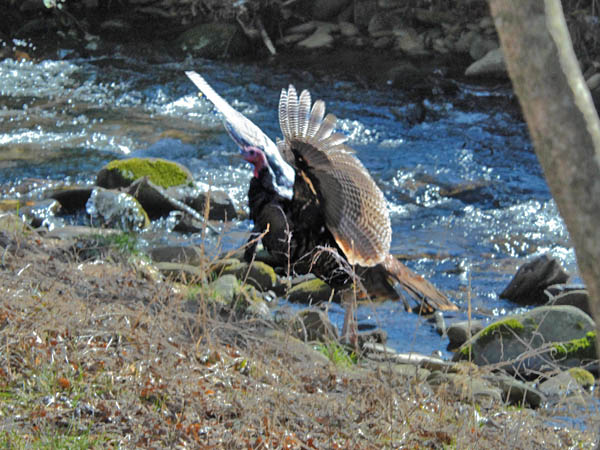
John Phillips | May 21, 2012
According to Ronnie Strickland, “One of the biggest mistakes most people make when trying to film any hunt is they don’t shoot enough footage. Everyone has gotten really-good at filming the animal on impact. But, they forget to tell the story of the hunt. I want to know who the hunter is, how he got to the hunt, where the hunt is taking place, what kind of equipment he’s using, how he’s getting into his stand or blind, and all the elements of the hunt, besides just the animal taking the arrow. The least-expensive part of the hunt is pushing the record button on the camera.
"Most people tend to turn the video camera on just before the hunt’s about to end. If you follow TV ratings, on all the TV shows on all the outdoor channels, the shows that are rated unbelievably high, are shows like ‘The Deadliest Catch,’ ‘Swamp People’ and other shows that tell stories of adventure. All these shows have main characters, and the shows tell stories about these people. They don’t just show crabs coming out of a crab pot or an alligator getting shot. Therefore, I feel that the number-one mistake that people make when they’re trying to film their hunts is that they don’t shoot enough video to properly tell the story.
“Remember, the video camera just replaces the pen and paper that most story tellers traditionally have used for writing. So, the viewer, who has replaced the reader, wants you to tell him the story of the hunt as well as show him what it is like when the animal takes the arrow. An author, when he writes a great novel or a great story, paints visual images of the story unfolding in the reader’s mind.
"With a video camera, you don’t have to imagine how the story unfolds, as the story progresses. You should be able to visually see that story that you once only have imagined. One of the things that great story tellers do is that they answer all the questions that readers may ask before the reader has to ask the question.
"Oftentimes, we assume that the viewer of a video knows what we’re talking about in the video. However, you never want the viewer to have to assume where the story is taking place, why you’re at this particular place on that particular hunting site, why you’ve chosen the tree you’re hunting from, and where on the ground you’re hunting. You don’t want them to assume that you’ve scouted the area; you want to tell them that you’ve scouted the area, why you’ve picked that particular site, and why you have reason to believe that animal is there.
"Remember, once you shoot the deer or the turkey, the story is pretty much over. So, whether you’re shooting video for you and your family or friends, or you’re shooting it for YouTube, your own webpage or for a TV show, shoot enough footage to tell the story.”


























